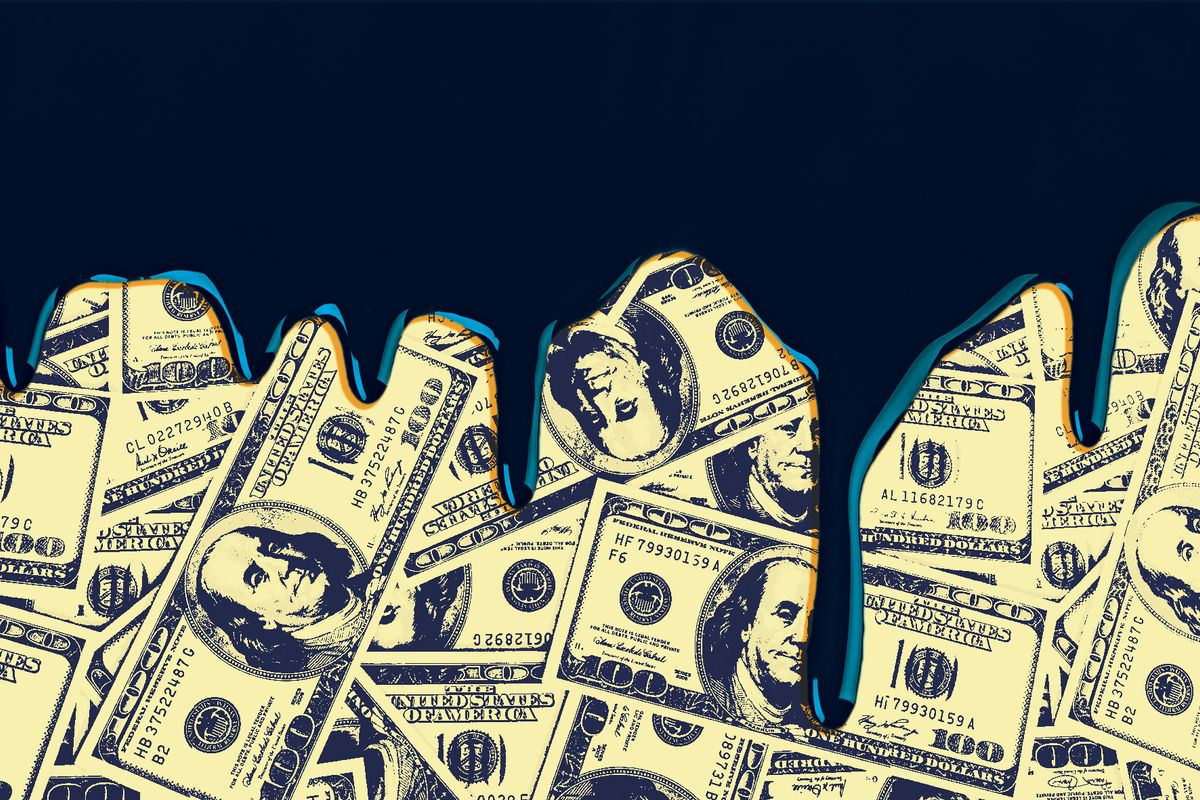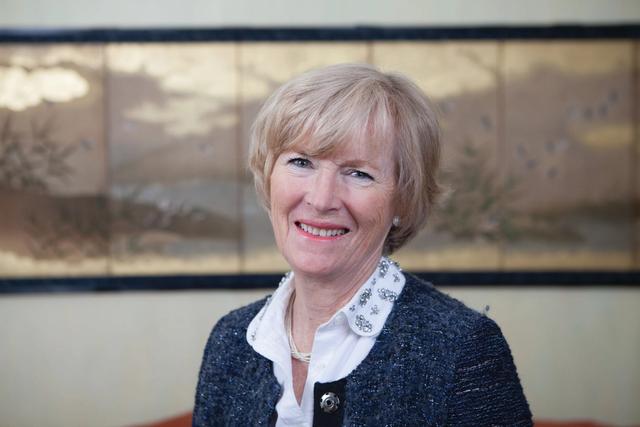It seems obscene to write about the May auctions in New York while the horrors of the Russian invasion of Ukraine dominate the headlines. And yet the art market powers on, racking up ever higher prices and seemingly impervious to Putin’s cruel destruction of a sovereign country, accompanied by rape, murder and pillage.
And yet consignors seem to think this is a good time to sell. Their optimism is bolstered by the sparkling results of the November auctions and the findings of the annual Art Basel/UBS report,which shows that the global market has rebounded to pre-pandemic levels. Particularly strong was the auction sector—and the top end of the market.
So May sees yet another splurge of art in the Impressionist, Modern and post-war sectors. The feast includes Andy Warhol's Shot Sage Blue Marilyn (1964) carrying expectations of $200m, just one of around 100 works of art being sold at Christie’s from the collection of Doris and Thomas Ammann, which is expected to be the biggest collection offered at the auction house since Rockefeller in 2018. Meanwhile at Sotheby's, the second part of the Macklowe sale is targeting more than $200m. Then there are 12 tip-top Impressionist and Modern works from the estate of Texan philanthropist Anne Bass at Christie’s, aiming for $250m, and a colourful, sun-dappled view of Venice’s Grand Canal by Monet at Sotheby’s (estimated at $50m).
Can the market absorb it all? The answer is certainly yes; these are highly desirable works and while Modern and contemporary art is dominant, the Cox sale showed that there is still huge demand for the best Impressionists as well.
At the top end of the market, art has become a reliable store of value in unstable times; in addition, as the spectre of inflation looms, art is perceived as a safe haven for buyers. And they have spare cash. The number of billionaires increased last year by 660, to reach 2,657 according to Forbes—and an eye-watering number were newly minted: 493 of them. And the pandemic curbed the spending by the wealthiest, meaning they have even more cash to splurge.
One interesting aspect is that the Marilyn, carrying the highest pre-sale estimate in history, is one of a series of five, each in a different colour. Whoever buys it joins an exclusive club of just four other owners: Peter Brant, Philip Niarchos, Kenneth Griffin and Steve Cohen. There was a time when uniqueness was prized, but not in today’s art market—the fact that other collectors, or museums, have examples is a definite plus. And as far as trophies go, you can’t get much better than this—it screams Warhol, is a portrait of the ultimate movie icon, and has immense wall power—although whether it will be displayed, or crated in a freeport, is another matter.
Another sign of confidence is that, apart from Macklowe part 2, for the moment there are not many guarantees. Only two of the Bass consignments are covered so far—the red Rothkos, one targeting $60m-$80m and the other $45m-$65m. The Marilyn is unlikely to want one, and happily the proceeds of the sale are going to charity. It would be nice if, come May, a few other consignors decided to give at least some of their gains to Ukrainian charities, too.
Art Market Eyecomment
A surfeit of riches: a good time to sell art, despite the war?
From the $200m Warhol Marilyn at Christie's to the second part of the Macklowe sale at Sotheby’s, the May auctions in New York will be bigger than ever—against the odds
7 April 2022

© Illustration by Katherine Hardy

Art Market Eye
Georgina Adam, our editor-at-large, comments on major art market trends and their impact on the trade. Her column appears on the first Thursday of every month on our website and in our Art Market Eye newsletter in which our art market editors analyse the latest news and works coming up for sale. Sign-up here

